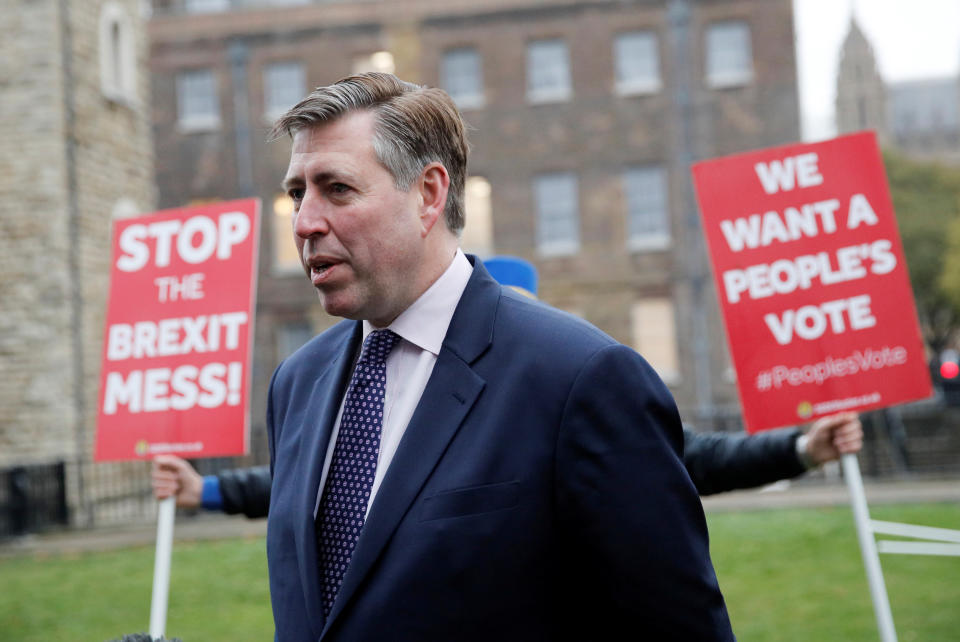The EU isn’t wedded to the backstop – but it has yet to hear an alternative proposal

British MPs may vote on a significant amendment to prime minister Theresa May’s Brexit deal tonight, approving the deal on the condition the government seeks an alternative to the Irish backstop.
Amid all the noise about Brexit, it might be easy to forget that Sir Graham Brady, chairman of the Conservatives’ backbench 1922 committee and the MP who proposed the amendment, is actually correct there are alternatives – but not for the reasons you might think.
By the same token, the European Union may seem steadfast in its position that it will not budge from the backstop, with the bloc continually stating that there is no other way — even after the deal it signed with Theresa May was spectacularly voted down in the House of Commons earlier this month. The EU, too, is correct.
But how can two seemingly incompatible positions both be correct? A careful analysis of statements from the Irish government in recent days offers some answers.
READ MORE: As Westminster votes, Ireland steps up hard Brexit planning
Speaking in Davos on Thursday, Irish prime minister Leo Varadkar reiterated a point that Ireland — and, by extension, the EU — has been making for months: The backstop is merely a means to an end.
Those words alone should tell you all there is to know, in the sense that the desired end is a “legal guarantee and operable mechanism” that will prevent the emergence of a hard border in Northern Ireland after Brexit. Neither Ireland nor the EU really cares how exactly this is achieved.
“So if there is another mechanism, if the UK can come forward with a proposal that avoids a hard border that gives us that legal guarantee, of course we would listen to that,” Varadkar said.
That there are alternatives to the backstop is implicit in his statement — and of course there are. Few people, for instance, have seriously suggested that the backstop as proposed is the one and only way to avoid a hard border.
But, this is where Brady’s thesis falls apart. As Irish foreign minister Simon Coveney said this week: “Nobody has come up with a pragmatic, sensible and legally sound way of avoiding border infrastructure re-emerging between the two jurisdictions on the island of Ireland.”
READ MORE: What is the Irish backstop?
Brady has no answer to this. In fact, he goes so far as to say that “we don’t need to hammer out those details”.
When you have Brexiteers saying that kind of thing, you can understand why the European Union is completely disinclined to even consider the prospect of alternatives. No, it’s not wedded to the backstop, but no workable alternative has been put on the table.
As far as Brady’s plan goes, a hard border could be avoided with “digital technology.” And these are the things that Varadkar calls “technologies that don’t exist yet.”

 Yahoo Finance
Yahoo Finance 
